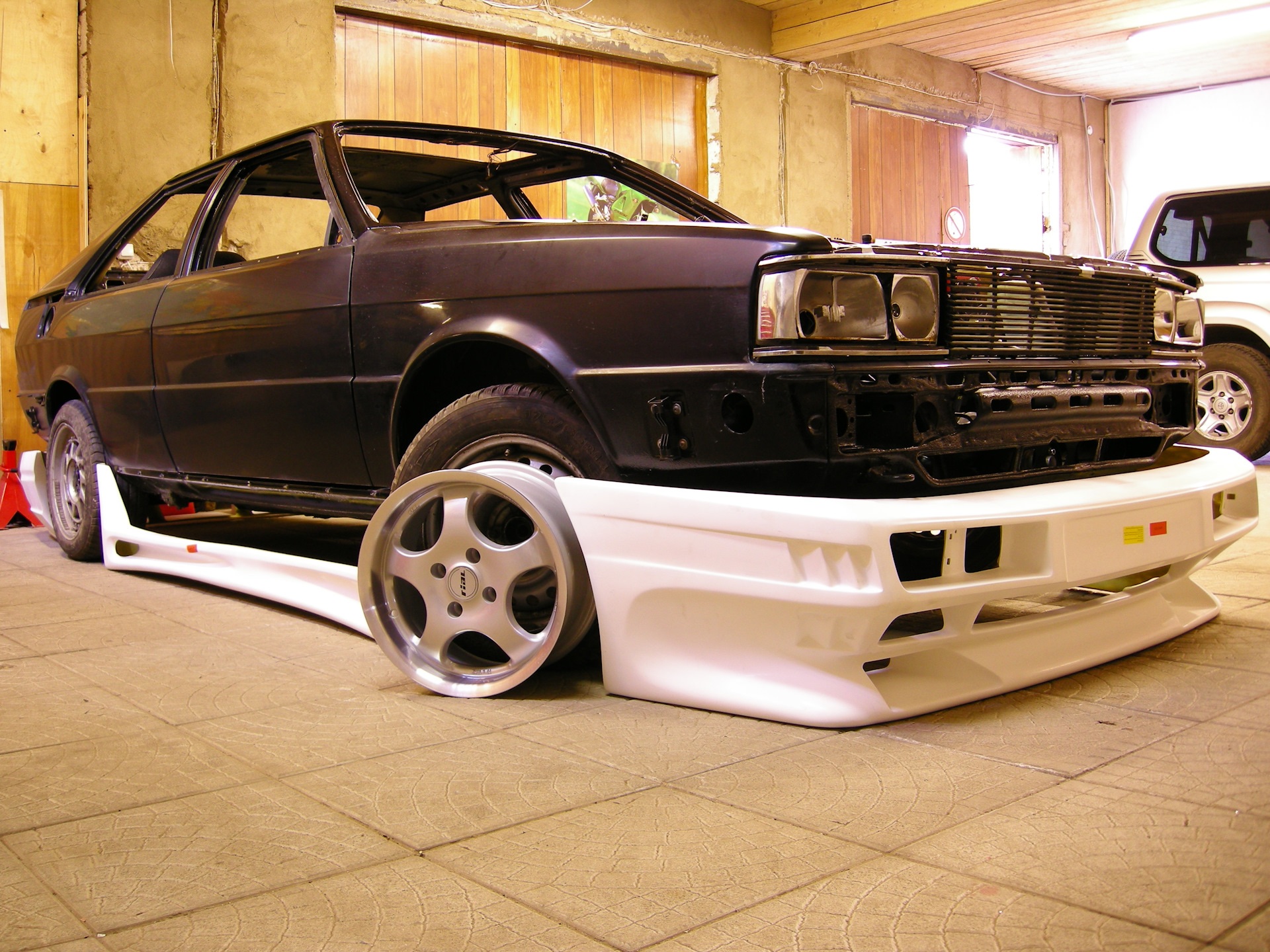
How are vehicle classes determined?
Content
Every vehicle owner has heard of the term "car class", but few people know exactly what criteria are used to classify cars. It should be clarified here that we are not talking about technical characteristics or luxury, but about dimensions. The fact is that premium car brands such as Mercedes-Benz and BMW, for example, are often categorized as high-end cars, regardless of their size or power.
European classification
The method used by the Economic Commission for Europe is more understandable and therefore more common. In a sense, this parameter is also conditional, since it is based not only on size and power, but also takes into account the target market for which the car is oriented. This, in turn, leads to differences between the models themselves, which may surprise some.
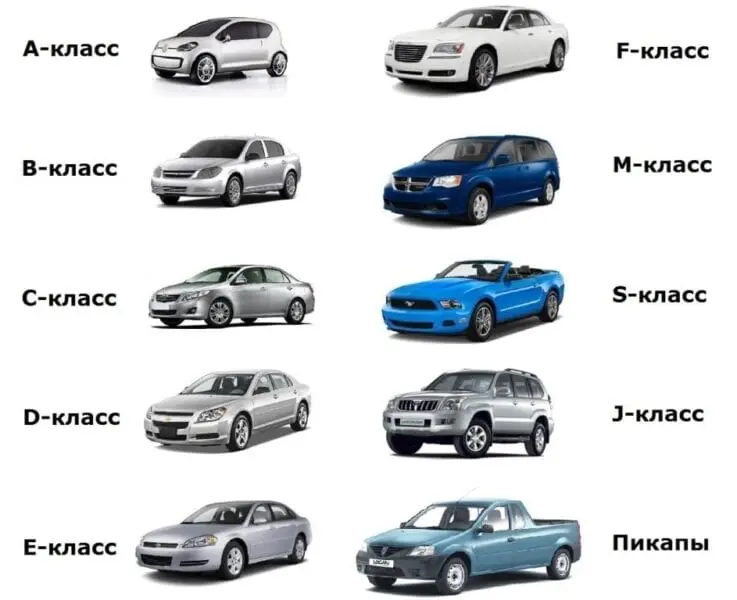
The system divides all vehicles into the following categories:
- A (mini-car);
- B (small cars, small class);
- C (midsize cars, another term is "Golf Class", known by the name of the most popular model in this segment);
- D (larger cars, middle class);
- E (premium, mid-size models);
- F (luxury class. Cars are distinguished by high cost and increased comfort).
The system also classifies SUVs, minivans and sports cars (roadster and convertible). However, even in this case there are no hard boundaries, since it does not define specific dimensions. An example of this is the latest generation BMW 3-Series. It is 85 mm longer than the representatives of this class, and the distance between the axles is increased by 41 mm.
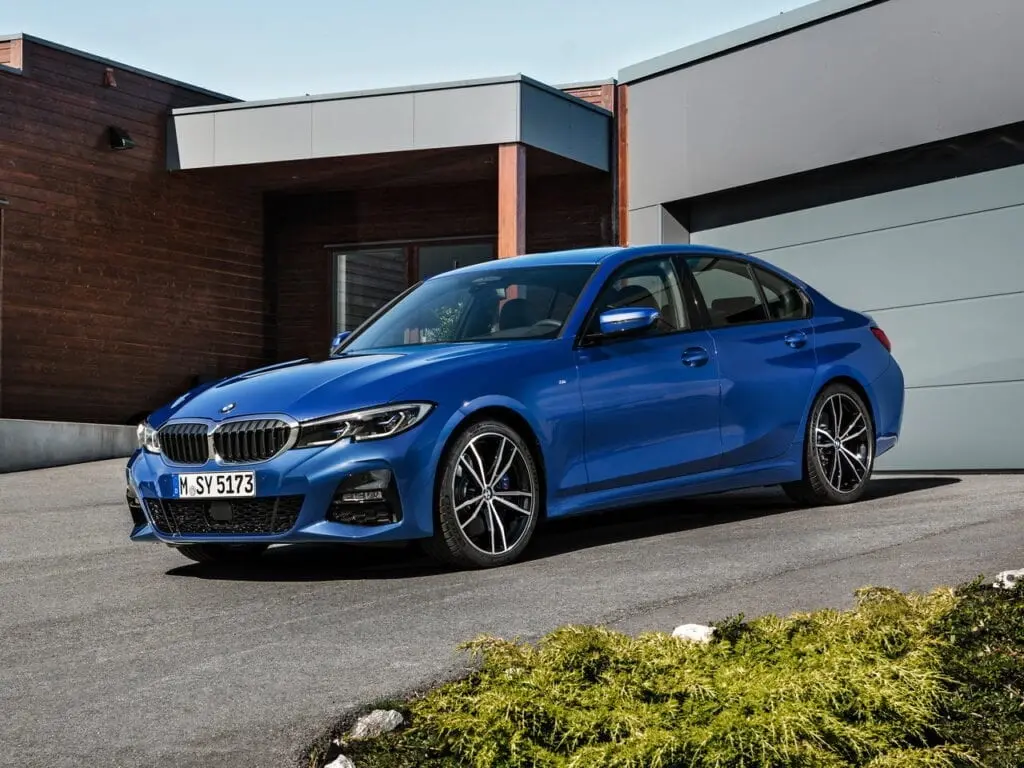
Another example is the Skoda Octavia. Formally, this model belongs to the class "C", but it is larger than its standard representatives. This is why additional markings (plus sign), such as B + and C +, have been introduced for these vehicles, which are larger than most in the class.
Exception Mercedes-Benz
Here it is worth considering that the parameters adopted in Europe do not apply to Mercedes models. For example, classes A and B fall into category "C", and the model brand C-Class - into "D". The only model that matches in class is the E-Class.
American classification
The situation abroad is significantly different from that in Europe, although there are some overlaps. Until the 80s of the last century, the center distance was the fundamental criterion for a car class.
In 1985, however, this parameter changed. Since then, the volume of the cabin has become the criterion. The idea is that first of all this parameter should tell the client how comfortable it will be inside the car.
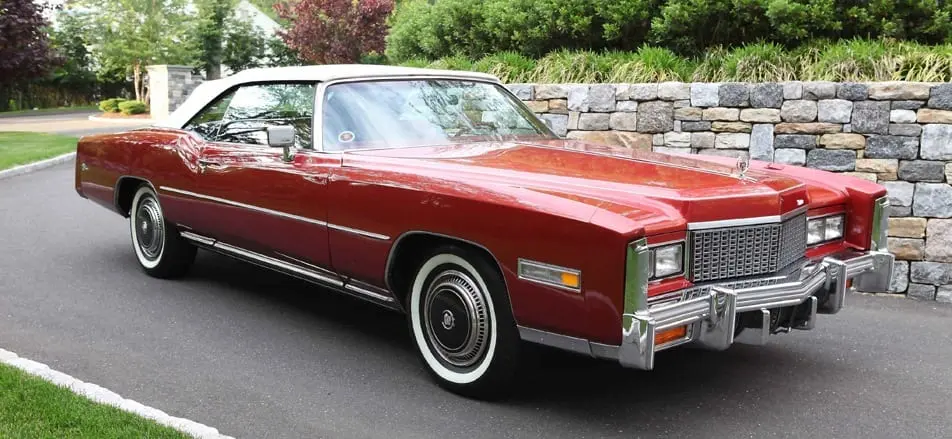
Thus, the American classification is as follows:
- Minicompacts (the smallest representatives) with a cabin volume of up to 85 cubic inches, which freely refers to the European "A" and "B";
- Small cars (85-99,9 cu.d.) are close to the European type “C”;
- Mid-size cars (110-119,9 cubic meters) are close to class D according to the European system;
- Large vehicles or full size vehicles (over 120 cc). Cars that are identical to the European class E or F fall under this category.
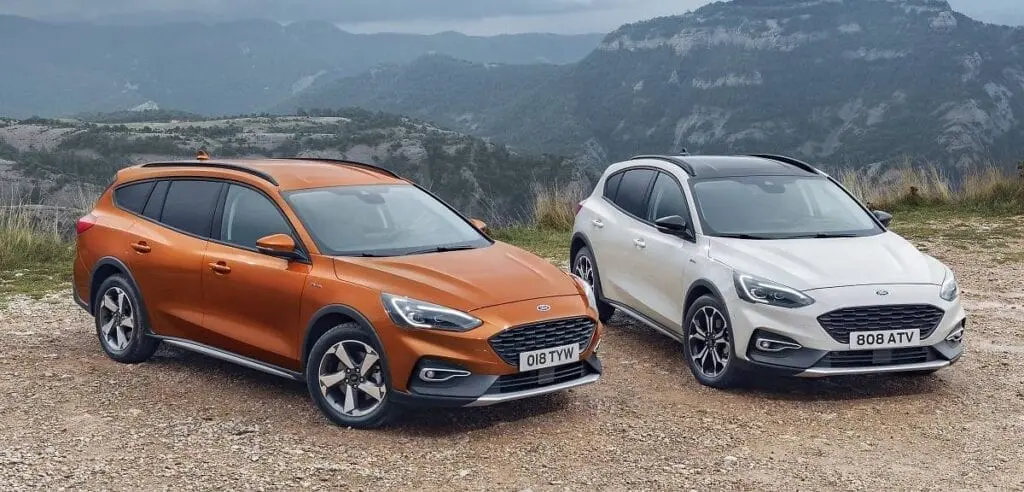
Sedan and station wagons in North America fall into other categories:
- small station wagon (up to 130 cubic feet);
- medium station wagon (130-160 cubic feet);
- large station wagon (over 160 cubic feet).
In addition, the same system applies to all-terrain vehicles, which are subdivided into compact, medium and full-size SUV categories.
Japanese classification
A visual demonstration of how the structure of a classification system depends on vehicle specifications can be found in Japan. An example of this is the “kei-car”, which is especially popular in the country.
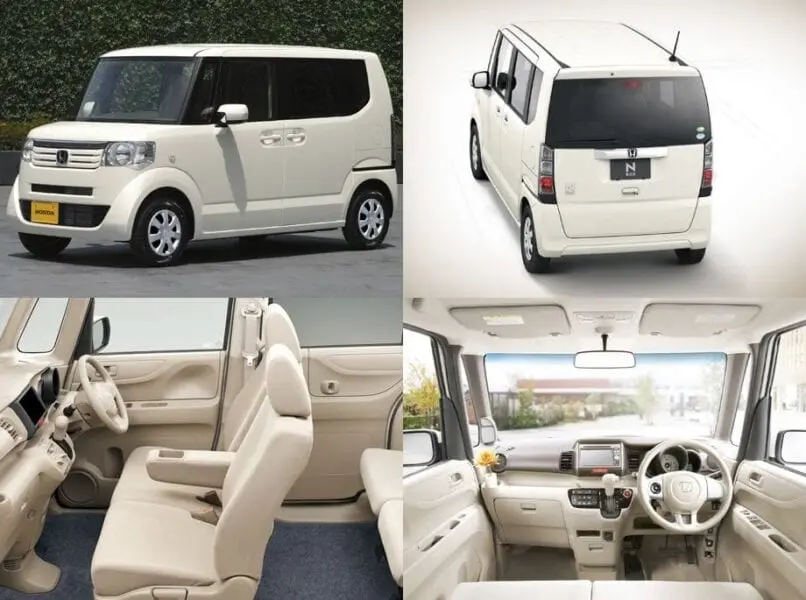
They represent a separate niche in the Japanese automotive culture. The dimensions and specifications of these vehicles are strictly regulated in accordance with local tax and insurance regulations.
The parameters of kei cars were introduced in 1949, and the last change took place on October 1, 1998. Under the terms, such a machine can be considered a vehicle with a length of up to 3400 mm, a width of up to 1480 mm and a height of up to 2000 mm. The engine can have a maximum displacement of up to 660 cc. cm and power up to 64 hp, and the load capacity is limited to 350 kg.
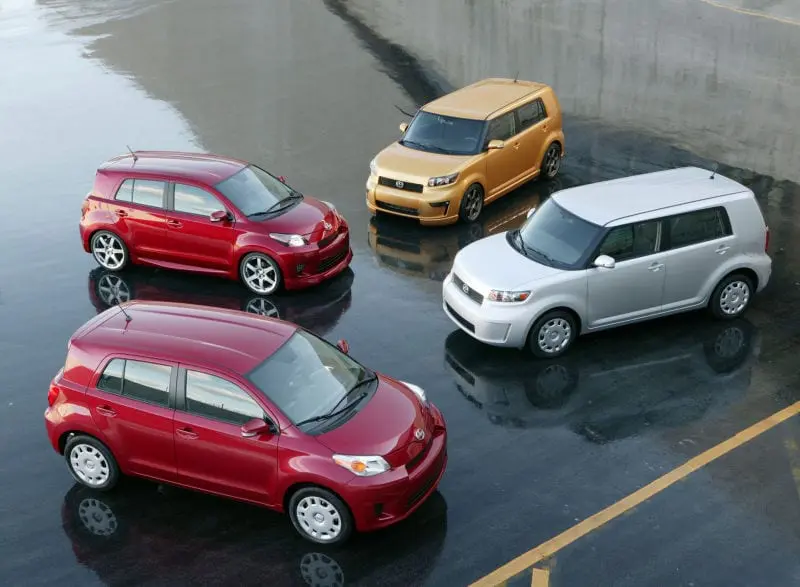
In Japan, there are two more categories of cars, but everything is not so clear-cut there, and the rules are sometimes ignored. For small cars, the length is no more than 4700 mm, the width is up to 1700 mm, and the height is up to 2000 mm. Engine capacity must not exceed 2,0 liters. Large cars are part of the normal size vehicle class.
Chinese classification
The Chinese also have their own system developed by the China Automotive Technology and Research Center (CATARC). It includes:
- small cars (length up to 4000 mm, i.e. identical to European A and B);
- Category A (two-volume body, lengths from 4000 to 4500 mm and engine up to 1,6 liters);
- category B (length over 4500 mm and engine over 1,6 liters);
- multipurpose vehicles (more than two rows of seats in the cabin);
- sport utility vehicles (crossovers and SUVs).
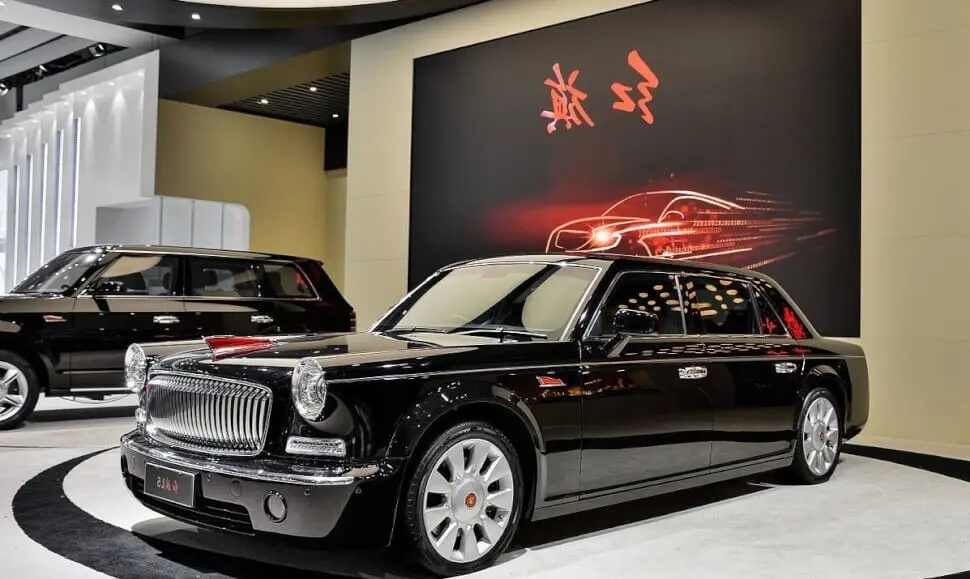
Given this information, before buying a car that is not intended for the local market, you should clarify what restrictions apply to the corresponding class. This will help to avoid misunderstandings when registering a car or overpaying for the issuance of the relevant certificates.
Questions and answers:
Чwhat is a car class? This is a classification of cars according to their dimensions, the presence of certain configurations in the comfort system. It is customary to designate a class with Latin letters A-E.
What classes of cars are there and how do they differ? A - micro car, B - small car, C - middle class, European car, D - large family car, E - business class. Differences in size and comfort system.
Which car is higher in class? In addition to five classes, there is also a sixth - F. All executive cars belong to it. This class is considered to be the highest, and models can be both serial and custom-made.
